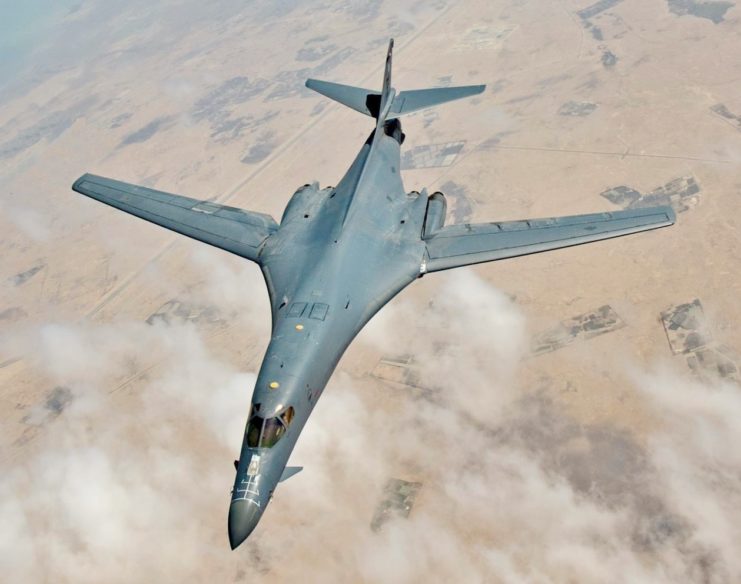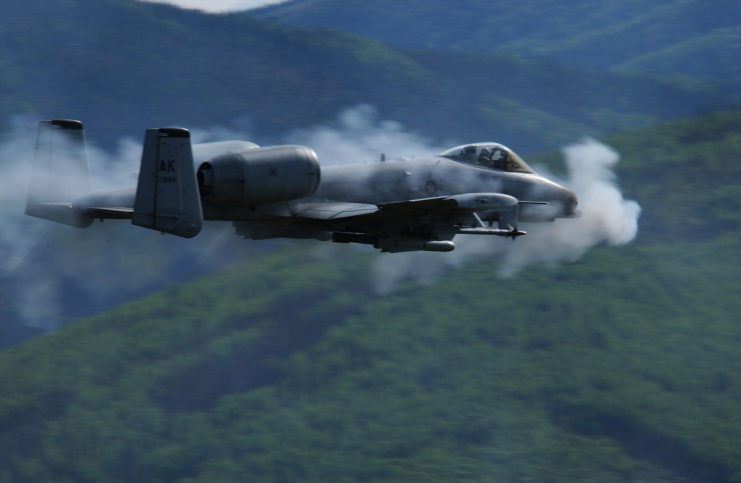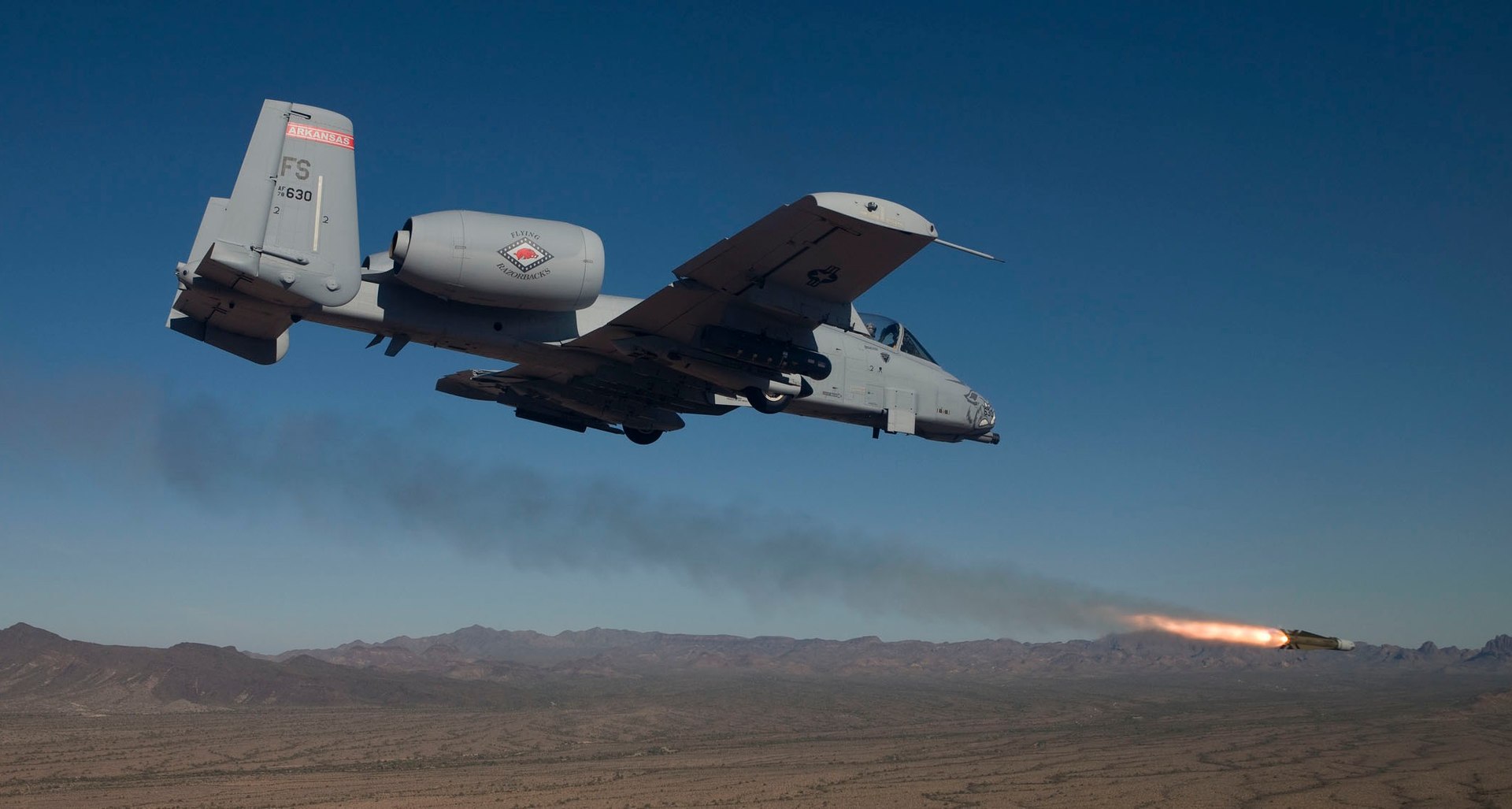The A-10 Warthog is under threat: It is clear that the US Congress, in the form of the Senate Armed Services Committee, has laid down the law concerning the plans that the US Air Force has to retire and replace legacy aircraft and bring in new technology.
In the National Defense Authorization Act for 2021, the committee has decreed that the Air Force must operate a minimum number of planes from each major mission group.
The Act also states that the replacement or retirement of aircraft is not permitted until such time as this minimum is reached. This is to ensure that the service meets the requirements of the National Defense Strategy.
Defense News was told by a Congressional staff member that these regulations mean that 106 combat search-and-rescue aircraft, 230 tactical airlift platforms, 1,182 fighters, 92 bombers, 235 strategic airlift platforms, 190 unmanned aerial vehicles, 412 tankers, and 84 intelligence, surveillance and reconnaissance aircraft, will not be sent to the boneyard or scrapped.

This latest legislation puts paid to plans by the Air Force to retire over 100 planes.
These included B-1B Lancer bombers (17), A-10 Warthog air support aircraft (44), KC-135 Stratotanker and KC-Extender refuelers (30), RQ-4 Global Hawk drones (24), and C-130H Hercules cargo planes (24).
The Act further prohibits the retirement of the KC-10 and KC-135 refueling aircraft until such time as the corrections required to the KC-46 remote visual refueling system have been fully implemented.
The Air Force is also prohibited from getting rid of any crewed aircraft used for reconnaissance, surveillance, or intelligence (ISR) by the Special Operations Command.
Col. Martha McSally, a Republican senator from Arizona, who used to fly A-10 Warthogs during her time in the Air Force, told an interview with Military.com, that retiring these aircraft without a suitable replacement being available would not happen.

She believes that the A-10 Warthog can keep flying into the 2040s, and she would fight to ensure these aircraft were retained.
The Air Force has said that they can maintain six of the current nine A-10 combat squadrons until 2032. To keep these aircraft in the air, hundreds of them have been receiving new wings or upgrades to their wings.
Early in the year, a request was posted on beta.sam.gov, the US government acquisition, and awards website, for a day-long event hosted by the Air Force Special Operations Command (SOCOM), looking for “armed overwatch” aircraft.
The request indicated that SOCOM would be looking for a supply of 75 light attack aircraft.
Around the same time, the head of SOCOM, Lt. Gen. James Slife, said in an interview with the Air Force Magazine that they would eventually replace the U-28 Draco crewed ISR airplanes, currently in use by the armed overwatch fleet.
He said that the Air Force was undertaking the transition from the U-28 in such a manner as to not decrease the armed overwatch capacity on the battlefield.
It is not clear how many of these U-28 aircraft will remain, given the Senate Armed Services Committee’s requirements.
The U-28A is a Pilatus PC-12 aircraft that has been repurposed for ISR duties. These planes can land in rough conditions in partly prepared airfields and fly in many extremely remote areas and we all know how effective the A-10 Warthog is.
This plane can co-ordinate battlefield plans with other aircraft as it communicates with air and ground forces.
B-29 Doc – Take a Ride of a Lifetime
Its two high-fidelity electro-optical forward-looking infrared sensors differentiate it from its MC-12 counterpart in the ISR fleet. These sensors allow it to send data to whoever requires it via secure battlefield links.
